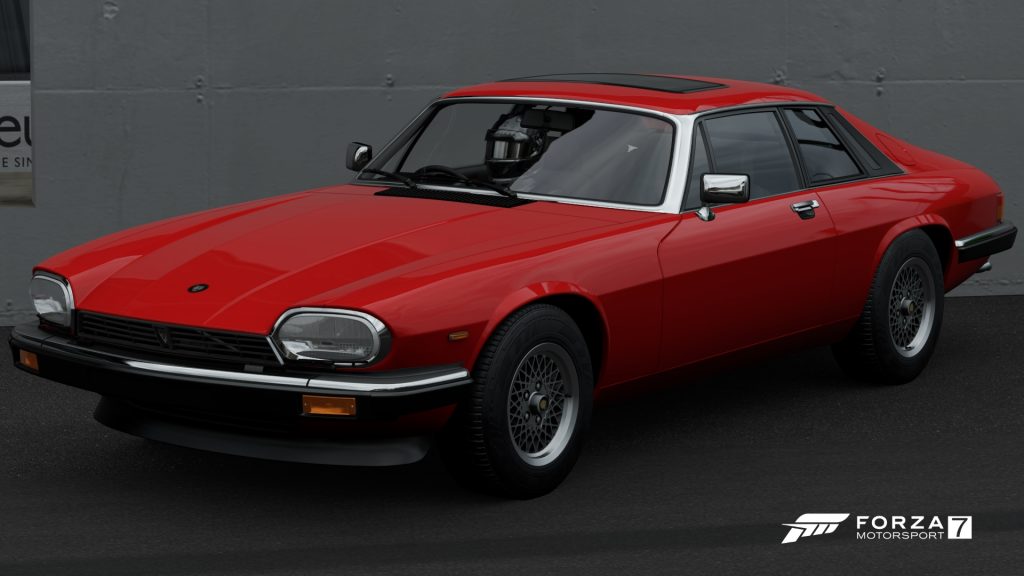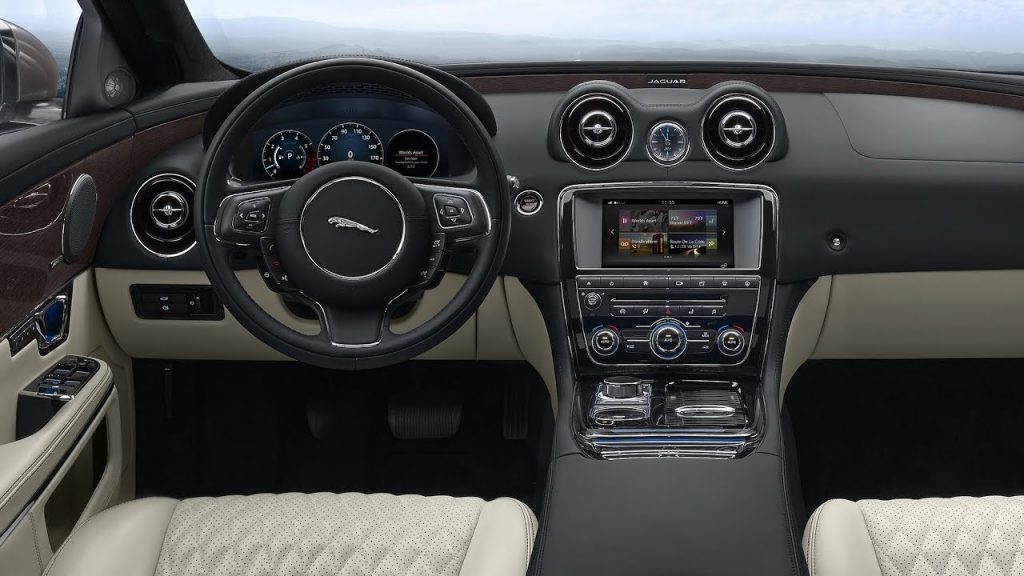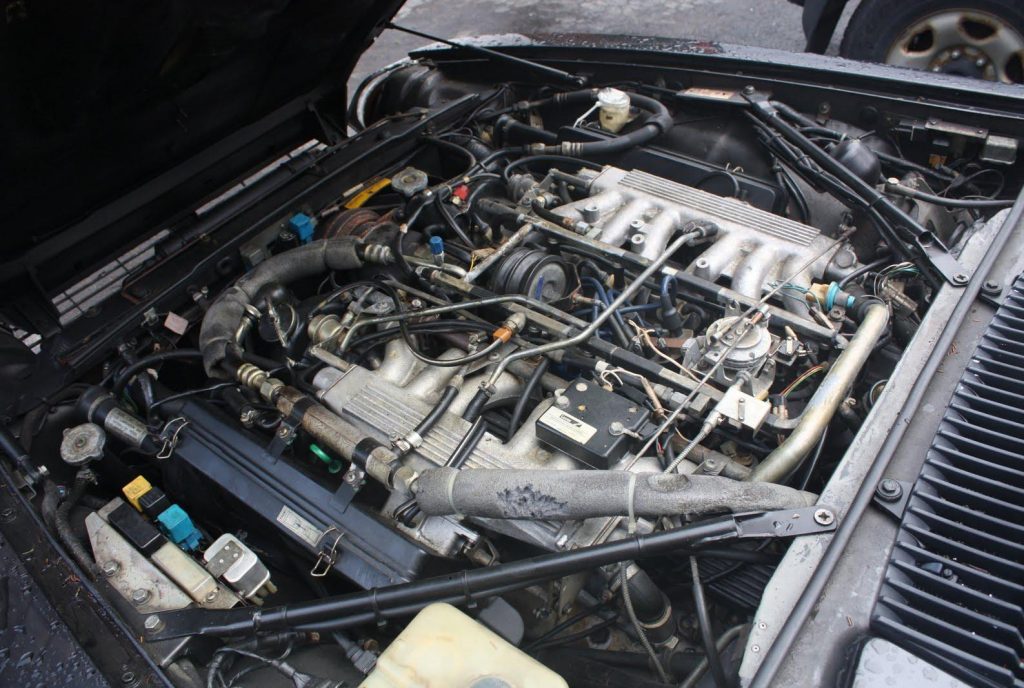The Grand Classic Jaguar XJ-S has been defined as a classic car to much resistance. It certainly is not what typically comes to mind when you say ‘classic car.’
The Jaguar XJ-S was launched in 1975 to replace the Jaguar E-Type which the company had been producing ever since 1961. Most people consider the vehicle a failed attempt at making a sports car when in fact the car was built as an executive coupe.
Despite plenty of controversy, the Jaguar XJ-S was in production for 21 years till 1996 proving that it was indeed a worthy replacement of the E-Type Jaguar. The car sold over 115,000 units during that time.
The reason most people refer to the Grand Classic Jaguar XJ-S as a failed sports car is due to its engine. What most people forget is that the car was built in the midst of the worst energy crisis the world had ever seen. There’re were plenty of restrictions placed of vehicle manufacturers at that time including Jaguar. That led to Jaguar significantly constricting the car’s engine during its creation.
I shall take you through the history of the straight six engine Grand Classic Jaguar XJ-S by examining different elements of the car. That way you will be better able to comprehend the car’s past.
Exterior

The Grand Classic Jaguar XJ-S was designed based on the XJ sedan that were produced by the companies during that period. That accounts for the XJ-S’s long hood which looked a bit extreme.
On the other hand, the V-12 engine needed more space to fit. The bumper that was added to the vehicle was done so that the vehicle could meet US regulations that were current then.
The roof and the rear of the vehicle are connected by flying buttresses. Many owners of the Jaguar XJ-S like the feature a lot.
During the time of the vehicle’s manufacture it was a defining feature that helped it have a lower drag coefficient than that of its competitors. It made it of the most aerodynamic cars of its era.
The front of the Jaguar XJ-S was specifically designed for distinction. The company was also producing the XJ Coupe at the time so they altered the front’s design so buyers could tell the two vehicles apart. The company stopped producing the XJ coupe as it no longer made any sense to keep producing almost identical cars.
The Grand Classic Jaguar XJ-S’s dimensions are 191.72 inches with a wheel base of 102 inches. The car also weighs 3,850 lbs.
Interior

Many young car enthusiasts are astonished that you could build a luxury car without wood in the interior in 1975. It was very possible back in 1975 but it was still also a unique move on Jaguar’s part.
The company later produced a version with wood trimmings due to popular demand. Contrarily, even without the wood, the clean and contemporary look of the XJ-S was still amazing.
The look was very sleek and sporting for its day which allowed it to be distinct form the Coupe.
Engine

A V-12 engine in the mid-70s was quite rare. What most don’t know is that Jaguar had been developing the engine for decades.
The engine had been used in the Series 3 E-Type produced in 1971 so naturally as the E-Types’ replacement, it was granted the same engine. It featured a logical design and is one of the company’s most successful XK straight six engines in a V-engine.
The original Grand Classic Jaguar XJ-S engine had a 5.3-liter engine but it was replaced with a bigger 6.0 engine. With a larger engine came improvements in fuel injection.
The engine was designed to focus on torque and not horsepower hence the lack of power in the engine is understandable. The car produced 599 lbs.-ft of torque but only 258 horsepower.
Price
The Jaguar XJ-S when launched was a flagship project for Jaguar and it was quite dear then. Adjusting for inflation, one would go for between eighty and a hundred thousand dollars today.
The price of the car has significantly reduced over the years especially since so many were produced. It has made it possible for many to own one.
If you buy it at the junk yard, you may get it for a few hundred dollars. You will have to put in a lot of reconstruction work to restore it.
A fairly cheap 1975 model will cost about $10,000 while the new models cost between $20,000 and $30,000.
